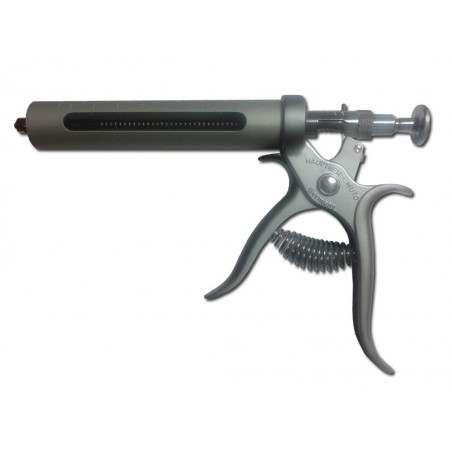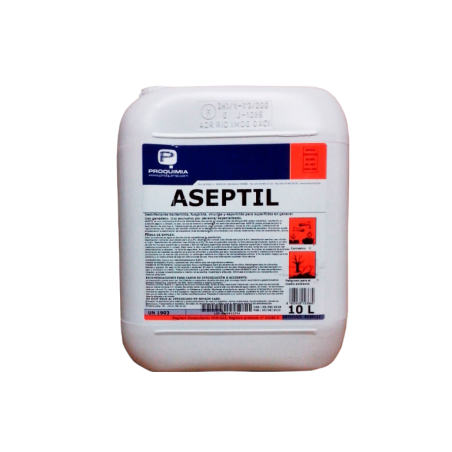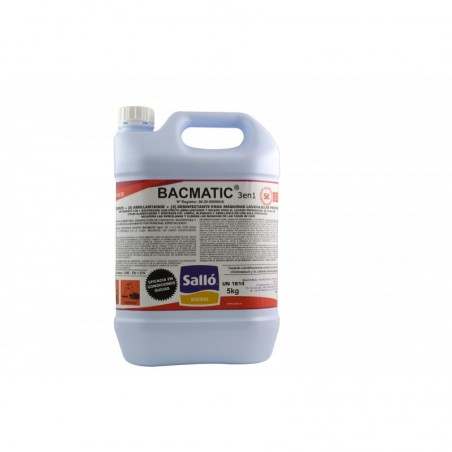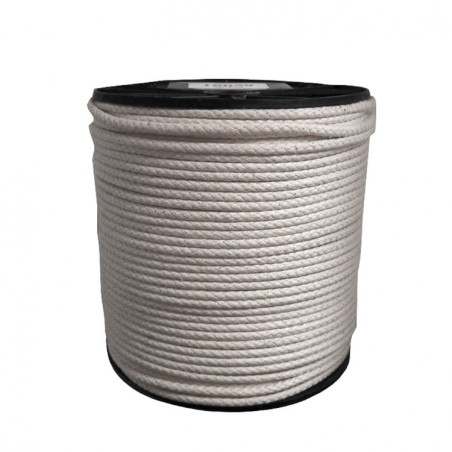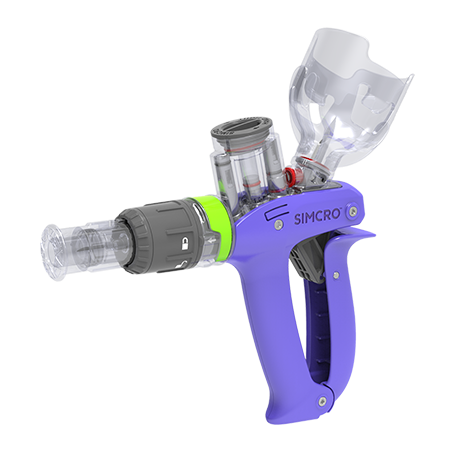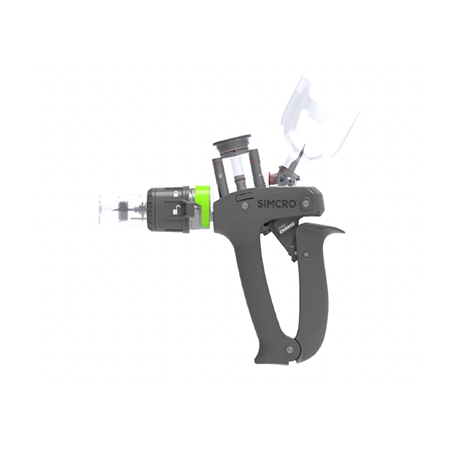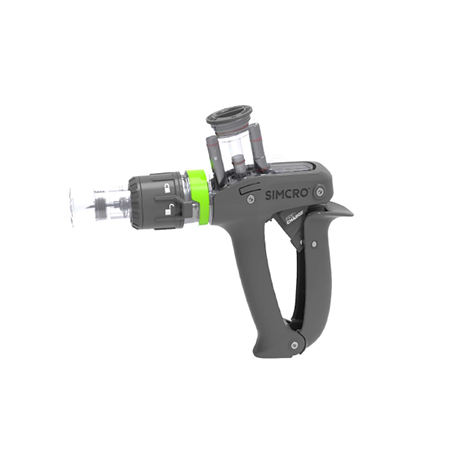In recent years, Spain has become one of the world's leading producers and exporters of pork. This has also led to the entry of a large number of animals, which can be divided into three types:
Fattening:
The piglets produced in Spain are not enough to fill the existing finishing places, and piglets are imported to compensate for this imbalance.

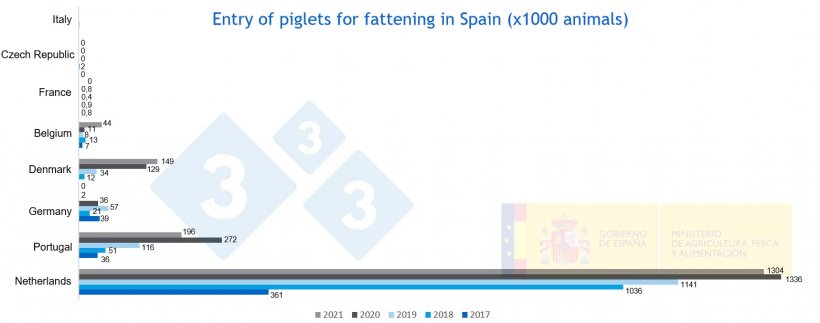
Figure 1. Pigs for fattening entering Spain from 2017 to 2021. Source: MAPA.
Breeding:
At the same time, the demand for hyperprolific sows has increased the imports of breeding sows. Domestic production does not meet this demand, since most of these genetics do not originate in Spain. Regarding boars, Spain has depended on other countries as suppliers for several years.
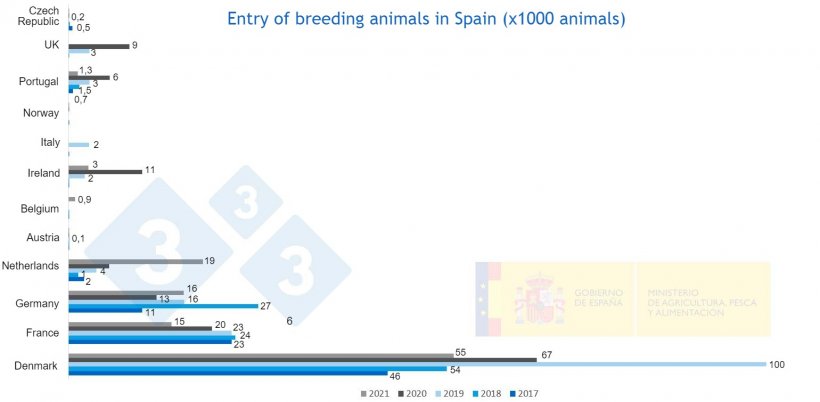
Figure 2. Entry of breeding animals in Spain from 2017 to 2021. Source: MAPA.
Slaughter:
Since 2020, there has been an increase in the entry of pigs raised in other countries that are slaughtered in Spanish slaughterhouses.
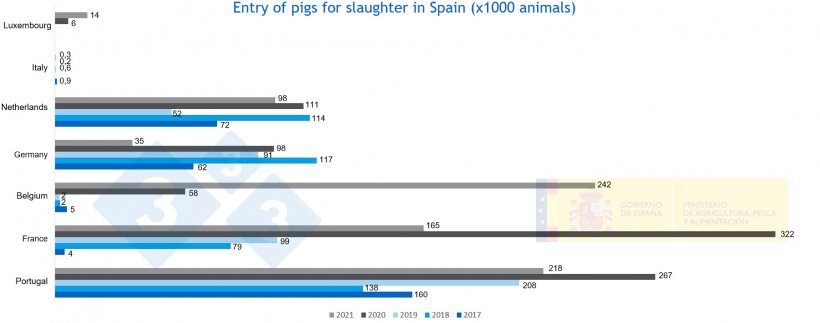
Figure 3. Entry of live pigs for slaughter Source: MAPA.
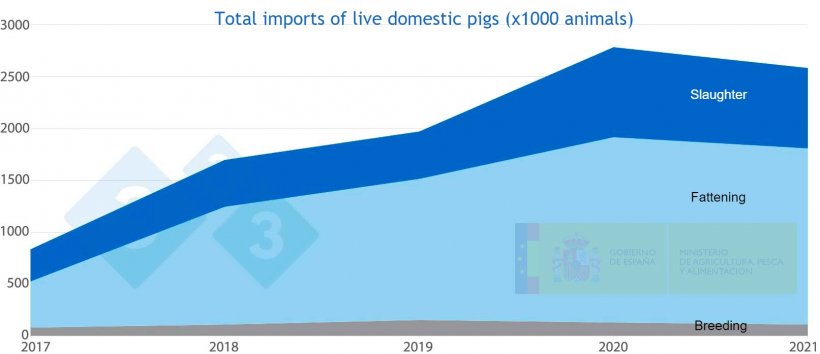
Figure 4. Total imports of domestic live pigs in Spain from 2017 to 2021. . Source: MAPA.
Regarding the countries of origin of these hundreds of thousands of imported animals, Portugal is the leader in the total number of shipments, with animals mainly being destined for slaughter. In second place is the Netherlands, where piglets for finishing mainly come from. This is followed by France and Belgium, with animals mainly destined for slaughter, and Denmark, as the exporting country with the highest number of shipments of breeding gilts. In much smaller quantities we have: Luxembourg, Norway, the Czech Republic, Ireland, Italy, and Austria.
According to the European animal welfare law, intra-community movements of over 24 hours are obliged to stop and unload the animals in designated places, which increases the risk of contracting infections at these resting points.
An imported pig shipment = An imported risk
The risk of entry of new pathogens and/or new strains of pathogens not previously detected in the country increases proportionally to the increase in movements generated by the importation of animals.
In the movement of animals between EU countries there is free trade, as long as the health status with respect to notifiable diseases allows it.
Thanks to EU Regulation 2020/686, serological controls against PRRS virus are required in the intra-community movement of boars but, as far as the health requirements for importing breeding animals, pigs for fattening, or slaughter pigs are concerned, they depend only on private agreements between the parties: buyer and seller. In this way, the buyer should demand a health status that does not suppose a risk to, not just the farm of destination but also considers the region or country, in case the biocontainment of the pathogen in the farm/slaughterhouse of destination is difficult, as has been proven in the recent cases of atypical pathogenicity strains of PRRS virus detected in the import of piglets from countries such as the Netherlands or Italy.
In Hungary, they determined that the infection pressure exerted by shipments of imported piglets highly infected with PRRS virus located in finishing units around the sow farms hindered the national eradication plan that Hungary had initiated. By serological monitoring of shipments upon arrival, they categorized each country in 2013 according to the degree of PRRS virus infection of imported piglets. Subsequently, producers agreed to prioritize the import of piglets from countries with a lower level of PRRS infection, as shown in the table below:

Table 1. Origin and level of PRRS virus infection in Hungarian fattening farms. Szabó et al. (2019).
| Country of origin | 2013 | 2018 | PRRS status of the country of origin (2018) | ||
|---|---|---|---|---|---|
| Shipments | # of pigs | Shipments | # of pigs | ||
| Austria | 16 | 5,650 | 11 | 4,672 | Infected, but earlier it was free |
| Czech Republic | 17 | 3,347 | 91 | 57,315 | Most pigs free |
| Denmark | 20 | 4,591 | 190 | 116,916 | Infected, but erradication is ongoing |
| Germany | 348 | 236,724 | 769 | 498,490 | Infected, very reliable classification |
| Netherlands | 237 | 279,036 | 7 | 5,256 | Very infected |
| Slovakia | 103 | 69,551 | 74 | 42,192 | Infected |
| Slovenia | 8 | 3,440 | 0 | 0 | Infected |
| Italy | 0 | 0 | 0 | 0 | Infected |
| Poland | 0 | 0 | 34 | 25,450 | Infected |
| Total | 749 | 602,339 | 1,176 | 750,291 | |
If we review the data from the serological monitoring carried out in some imports of piglets for fattening in a specific area of Spain, the results indicate that the % of shipments where we detected viremic animals varies according to the country of origin of the piglets (see table), as published in Hungary.
Table 2. Percentage of consignments with viremic animals detected.
| 2021 | % Viremic | % Not viremic |
|---|---|---|
| Netherlands | 61% | 39% |
| Denmark | 36% | 64% |
In this situation, the probability of entry of a new strain of atypical pathogenicity of PRRS virus and its rapid dissemination in a territory is high.
In the following phylogenetic tree of ORF5 sequences detected between 2017 and 2021 in a PRRS control zone, three zones can be seen:
- Virus sequences detected in imported Dutch piglets between 2020-2021.
- Sequences of a strain of atypical pathogenicity detected between 2020-2021 with wide dissemination, as colloquially known as the "Rosalia" strain.
- Sequences mostly detected between 2017-2019.
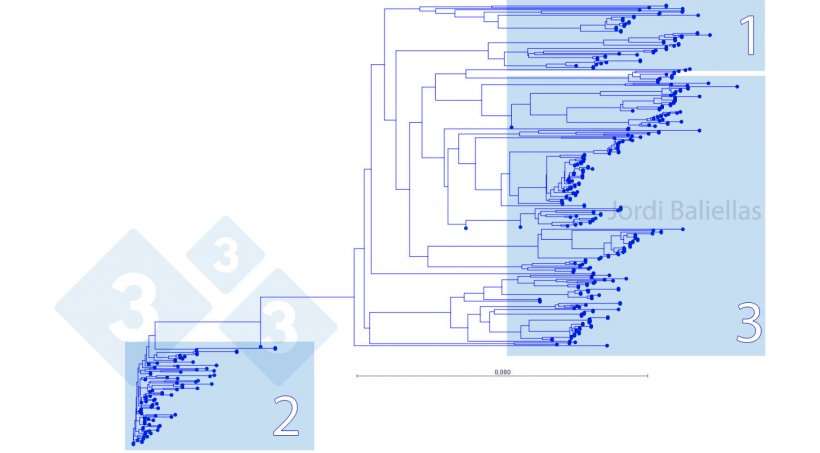
Figure 5. Phylogenetic tree of ORF5 sequences detected between 2017 and 2021 in a PRRS control zone.
If we want to avoid the globalization of new diseases and new strains of pathogenic agents, beyond the notifiable diseases, such as PRRS virus or other viruses and bacteria, we must increase the health requirements in imported swine movements and verify the health status agreed upon with the seller by performing serological controls upon arrival. In this way, the economic impact generated by the presence of diseases on the farm will be lower and we will have less need to use antimicrobials for the control of primary and/or secondary bacterial infections.






